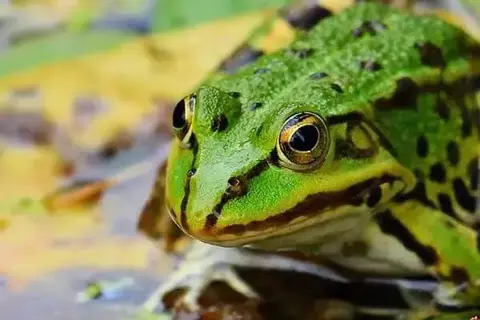50 Interesting And Amazing Facts About Hedgehogs
Evelyn StarWe’ll tell you amazing hedgehogs facts. With the word “hedgehog” many of us immediately present a picture from a children’s book, on which a cheerful hedgehog family drags into the mink stuffed on the needles of mushrooms. In fact, hedgehogs are cunning and clever predators who willingly eat not only mushrooms and berries, but in general everything that will be able to find. Or whoever they can catch.
Amazing facts about hedgehogs

1.Hedgehogs are the most ancient mammals. These insectivorous animals have been inhabiting a variety of habitats in almost all climatic zones. The only areas where they do not live are permafrost and swampy areas.
2.In ancient Rome, hedgehog skins were used as combs for combing out sheep’s wool. It’s interesting, that the courts of Ancient Rome were literally awash with cases of counterfeit hedgehog skins – so popular was this product.
3.Hedgehogs make all kinds of noises. They snort, sneeze, grunt, grunt, snore, and clench their teeth.
4.Hedgehogs have poor eyesight, but their sense of smell and hearing compensate for this deficiency.
5.Hedgehogs are wonderfully tame and get along well with other pets – dogs and cats. But few people can keep hedgehogs at home because of their loud stomping at night.
6.There are about 17 species of hedgehogs in the world.
7.The most widespread, well-studied, and popular is our common, or European, hedgehog. However, it is so inaccurately called because it lives in the wide expanses of Eurasia all the way to the Pacific Ocean.
8.A hedgehog’s pregnancy lasts 7 weeks.
9.Communication between these animals is by whistling.
10.It is very common to see hedgehogs killed under the wheels on country highways. Some people believe that these animals throw themselves under the wheels from the heat. In fact, hedgehogs tend to cross highways for a reason. The highways divide the animals’ habitat into fragments of a small area. To save the hedgehogs, ecologists suggest digging tunnels under the highways.
11.The closest relative of the common hedgehog is the long-eared hedgehog, which lives in the southern steppes, semi-deserts, and deserts. He differs very little from the common hedgehog: his ears are bigger, he is 2-3 times smaller, and his prickly shell is not so low on the belly.
12.In pictures in children’s books hedgehogs are often represented as hoarders, carrying mushrooms and apples on their prickles. In fact, this is not true. Of plant food, they sometimes eat berries and fruit, but they never carry them on themselves; they are physically unable to curl up enough to do so. The “father” of the myth that animals carry supplies on their backs is the ancient Roman historian Pliny the Elder. Where he got it from is unknown. In winter they hibernate, but they do not need to make reserves – hedgehogs store nutrients in the form of fat.
13.Common, i.e. European, hedgehogs are good swimmers. But sometimes they die in water because they can’t get out of a pool with steep banks.
14.Unlike mongooses, which are totally immune to snake venom, hedgehogs, although they sometimes hunt snakes, are only partially resistant to venom. The protein protects hedgehogs from snake venom. However, if a snake bites a hedgehog several times, the battle may not end in his favor.
15.The hedgehog needs to gain enough fat reserves over the summer. If the hedgehog weighs less than 500 grams in October, it may die during hibernation. In early spring, hedgehogs sometimes wake up early. This is very dangerous for the animal, since the subsequent cold snap may kill it.
16.Hedgehogs are our helpers in dachas and vegetable gardens. They destroy insect pests and rodents. To lure a hedgehog into the garden, leave him something to eat in the evening outside (a piece of chicken, fish, dog or cat food, etc.). The animal will surely like the food and will visit you more than once, destroying slugs, caterpillars, May bugs, etc.
17.While the hedgehog is hibernating its body temperature drops to 2 degrees Celsius (under normal conditions it is 34 degrees). Breathing in hibernating hedgehogs is seriously slowed down: maximum 8 breaths-exhales per minute, though usually, they breathe with a frequency of 40-50 times. An awakened hedgehog is a walking embodiment of hunger, so the animal spends several days after awakening exclusively in search of food.
18.Most species of hedgehogs have a tail. However, it is very short – only 3 cm, so it is not visible from under the needles.
19.The average hedgehog has about 10,000 needles. They are renewed once every three years. Hedgehog needles take a long time to grow, about a year. Luckily for the hedgehog, the renewal is gradual.
20.Eared hedgehogs differ from their brethren in that they are extremely reluctant to curl up in a ball in case of danger. This species of hedgehog runs very fast, and it is not easy for terrestrial predators to catch up with it. If the eared hedgehog is overtaken by an enemy, the animal jumps up and tries to prick his adversary in sensitive places.
21.The hedgehog is inquisitive, active, and energetic, and navigates a complex and dangerous world with a keen sense of smell and fine hearing, which are more sensitive than those of even a dog.
22.African urchins cannot swim. Accidentally falling into the water, they inevitably drown.
23.Even if pet hedgehogs are given enough food by their owners and left overnight, they still try to find something to eat under the sofa, in cupboards, and so on. Hunting instinct and biological rhythms cause hedgehogs to wake up at night and go hunting even without being hungry. Because of their peculiar gait and long claws, hedgehogs walk around the house accompanied by stomping.
24.If a hedgehog is curled up in a ball, it will remain unharmed even if it falls from a height of several meters.
25.Hedgehogs hibernate for 128 days.
26.The fox cannot handle a prickly animal on land, but it can roll it towards the water, where it has to spread its prickles. This is where the fox grabs him.
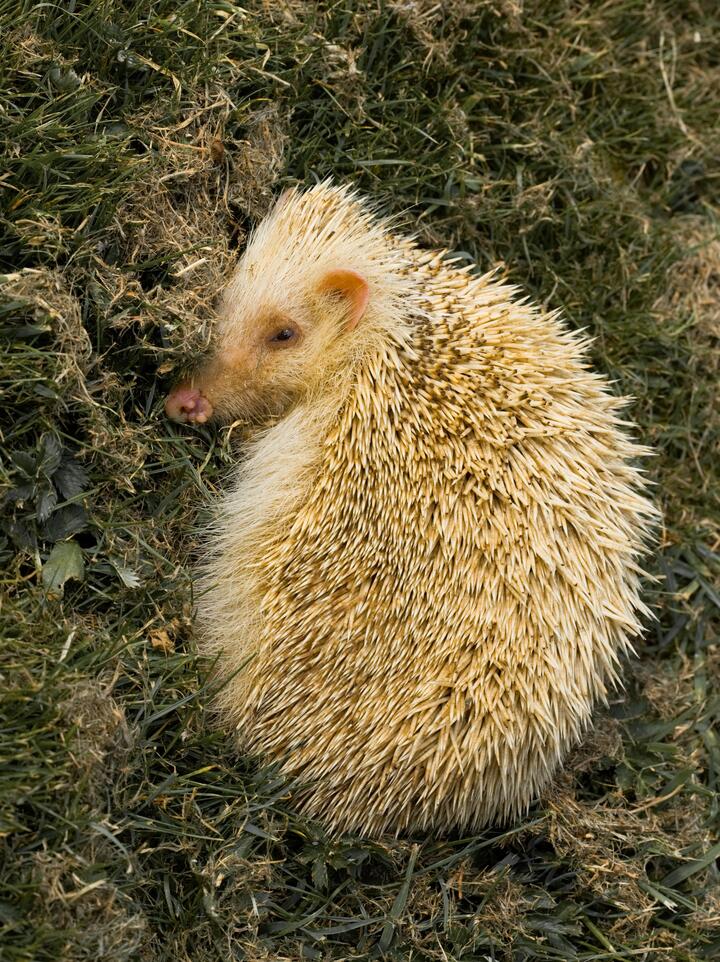 Photo by Kevin Grieve on Unsplash
Photo by Kevin Grieve on Unsplash30.Hedgehog needles are modified hair. They consist of keratin, inside the needles are hollow and reinforced with transverse septa. Because of this structure, they are very strong.
31.In the steppes of Transbaikalia and Mongolia, the Daurian hedgehog is also the brother of the common hedgehog.
32.Hedgehogs suffer from tick bites more than any other animal. When the hedgehog runs through the grass, it feels as if combing it, combing out parasites that will readily settle on the poor animal. The hedgehogs can’t get rid of mites because they don’t have needles of their own, so they use a clever trick: they put cigarette butts on themselves to etch the parasites with tobacco.
33.Hedgehogs seem to be clumsy, but they are not. They can run very fast – up to three meters per second.
34.In Serbian folk medicine, hedgehog urine is used as a cure for alcoholism.
35.Large hedgehogs live from 4 to 7 years, and small hedgehogs live from 2 to 4 years.
36.Hedgehogs are born completely blind and without needles.
37.To get rid of slugs, gardeners use beer traps – they place plates of beer on the ground and then collect the pests. Hedgehogs don’t mind indulging in beer either – they like the taste of the foamy drink. Like other fans of beer, they may even fall asleep next to the plate or right in it! If the little beastie has drunk too much beer, it gets alcohol poisoning with all the accompanying symptoms.
38.The eyes of newborn hedgehogs do not open until the 16th day.
39.Constant crossing of hedgehogs between relatives leads to degeneration of the population, as genetic anomalies accumulate. Attempts of hedgehogs to find “brides” on the side lead to the fact that they crawl out on highways. This often ends sadly.
40.Unlike their close relatives – moles, hedgehogs do not like to dig underground passages, and fences are a heavy obstacle for them.
41.A hedgehog has 36 teeth, which, like humans, can fall out at an old age.
42.Hedgehogs are a bit blind by nature, but they can distinguish colors very well.
43.Hedgehogs are not related to porcupines, despite their similarities in body structure.
44.Hedgehogs have the ability to climb trees.
45.In epidemiology, there is the concept of “black hour”. It refers to the number of ticks collected by a hedgehog in an hour of running through the woods. Counting “hourly” helps scientists identify natural tick-borne encephalitis hotspots.
46.Often owners of country houses, believing that hedgehogs are very fond of milk, leave bowls with this product in the street as a treat for the prickly critters. And indeed, they do drink it, but they don’t feel well afterward. Like most mammals, these animals only eat milk when they are babies.
47.Sensing a strong and acrid odor, the hedgehog begins to cover its own needles with saliva.
48.Even the strongest poisons have almost no effect on hedgehogs: mercuric acid, arsenic, potassium cyanide, hydrocyanic acid, etc.
49.Hedgehogs sleep more during the day because they are considered nocturnal animals.
50.Male hedgehogs never raise their own offspring.
- DogsChihuahua Dog Lifespan

- Birds50 Interesting And Surprising Facts About RavensBy Charlotte Green
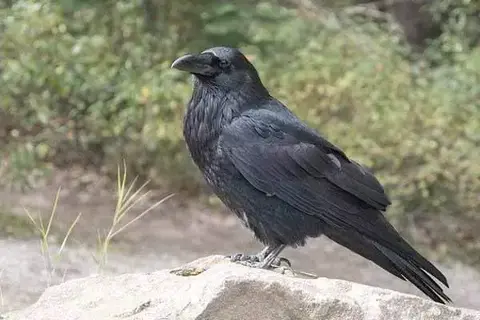
- Rodents24 Interesting Facts About Guinea PigsBy Charlotte Green

- WildlifeInteresting Facts About RattlesnakesBy Karla Miller
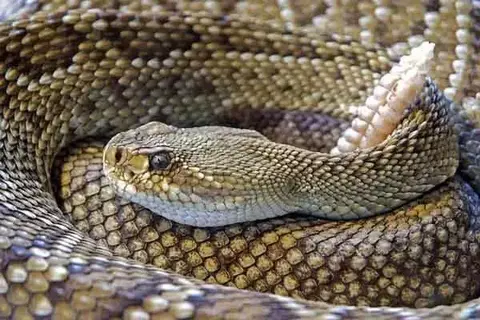
- WildlifeStarfish Characteristics And FactsBy Murphy Scott

- LivestockPiglets Need A Hugging SpecialistBy Khai Dove

- Wildlife7 Interesting Facts About KoalasBy Camilo Walker

- RodentsCan Hamster Eat Cucumber?By Lucas Torres

- BirdsWhat Do Hawks Eat In The Wild?By Khai Dove
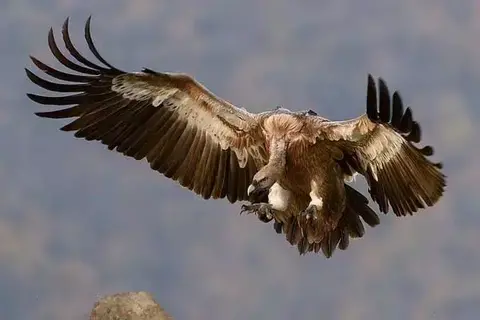
- WildlifeWhat Is Frogs’ Diet?By Murphy Scott
